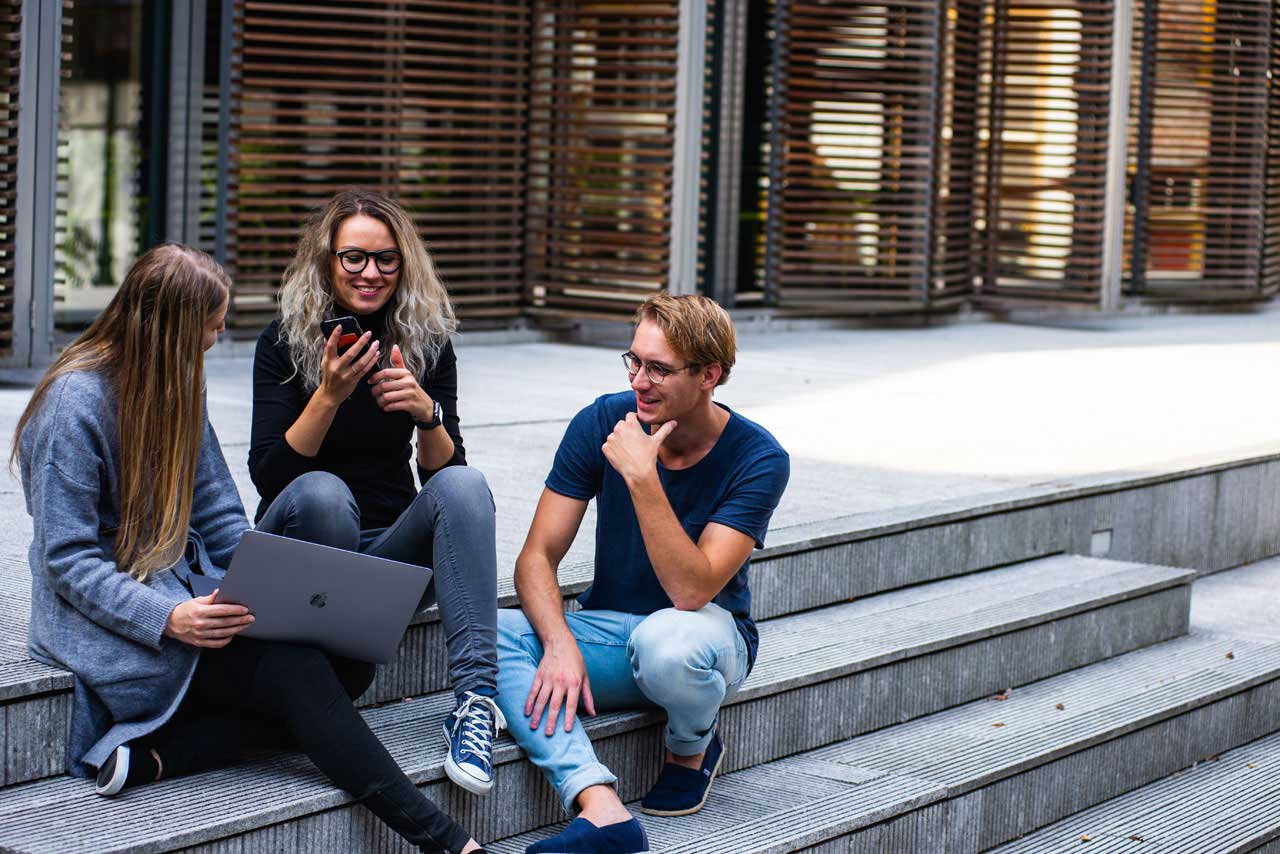The way we learn is outdated. Schools don’t get it right, and we’re starting to see why.
How much do you remember from your school years? You likely remember more about the people, the places, and the experiences, than you do any of the information from your classes.
The reason is our memory and how it functions.
We’re not a tape recorder — sitting in a class and looking at the board, listening mindlessly to the teacher, and quietly rewriting what we see, does not facilitate proper learning. This is not how we were designed.
What’s worse, we cram. We leave study to the last minute, and try to force everything in at once. We all know that works for a short time, but the day after the test, it’s all gone.
Psychologist Robert Bjork has studied how we learn. He has some news for us: You could be doing it much better.
By taking advantage of the true way our memory works, we can learn more effectively — it’s not easier, but we retain more.
There are 5 techniques that we can use to learn: Space, Test, Interleave, Associate, and Locate.
1. Spaced Repetition
When we study, we need long breaks. Cramming does not work, it’s important to take a few days rest before going back to the same subject.
If we study, then take a long break, chances are we forget much more. But, when we study, take a long break, then study again, we remember far more through this second session the longer we wait.
2. Testing
Memories grow stronger when we try to retrieve them. We don’t need formal tests, just the simple act of trying to recall what we just read without rereading is effective.
Bjork points out the importance of desirable difficulties — we can feel rather uncomfortable when we try to remember or bring to mind information. Think about how frustrating it is having something on the tip of your tongue. The benefit of this is that this forceful, willpower consuming act of retrieval is incredibly effect at cementing those memories further into our minds.
3. Interleaving
Rather than working on one subject only, we should switch between different parts more often.
The idea of blocked practice feels like the best way to work, but studies have shown that mixing different subjects together is more effective for long-term memory. If you want to play basketball, it’s more effective to practice your dribbling, 3-point shooting, and layups altogether, as opposed to focusing on one at a time. The small steps forward in each category end up going further than leaps in one. Just make sure the subjects are connected in a higher order way — don’t go from basketball to programming.
4. Associate
Out minds are association machines. We can see patterns, relationships, causes and outcomes like no others. And we should use that when we learn.
Each time we learn something new, we should relate it to something we already know. Random pieces of information that don’t fit into our current web of knowledge, will drop off. Consider the memory as scaffolding, you cannot attach another piece to thin air, it needs to latch onto an existing structure.
5. Location
We have an amazing ability to keep ourselves oriented. We can traverse wild and unseen lands, move through large buildings and cities, and still know what direction we’re facing.
We also remember places in remarkable detail. When we learn something new, it’s often easier to recall when we’re in the place we learned it, or at least try to mentally put ourselves there. But, it works better if we change places often, if we always learn in one spot, it’ll be overrun with different memories, making it harder to differentiate them.
Learning How To Learn Means More Deliberate Practice
Effective learning shouldn’t feel easy, you shouldn’t just glide through several pages of information and think that’s enough. We need to make things more difficult, the more we struggle and focus on the information, the better we remember it.
We need to mix things up, take our time, go different places and use different mediums. Write, draw pictures, watch videos, talk to people. Schedule your learning sessions and push through your anxiety and inertia by creating space for deliberate practice.
Take your time, and tie it all together. It is a web of knowledge, so the more of a web you have, the more space you have for new information.




